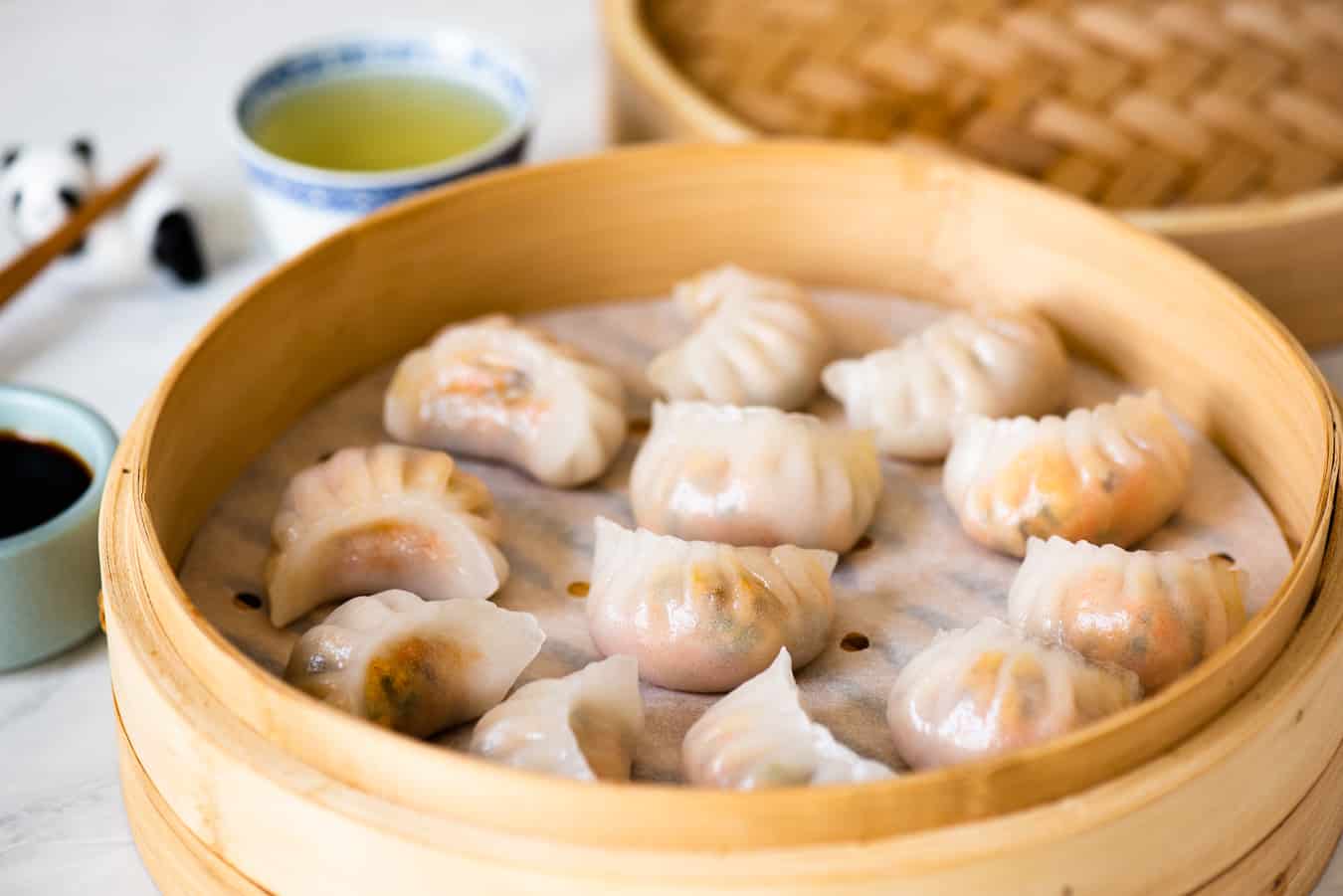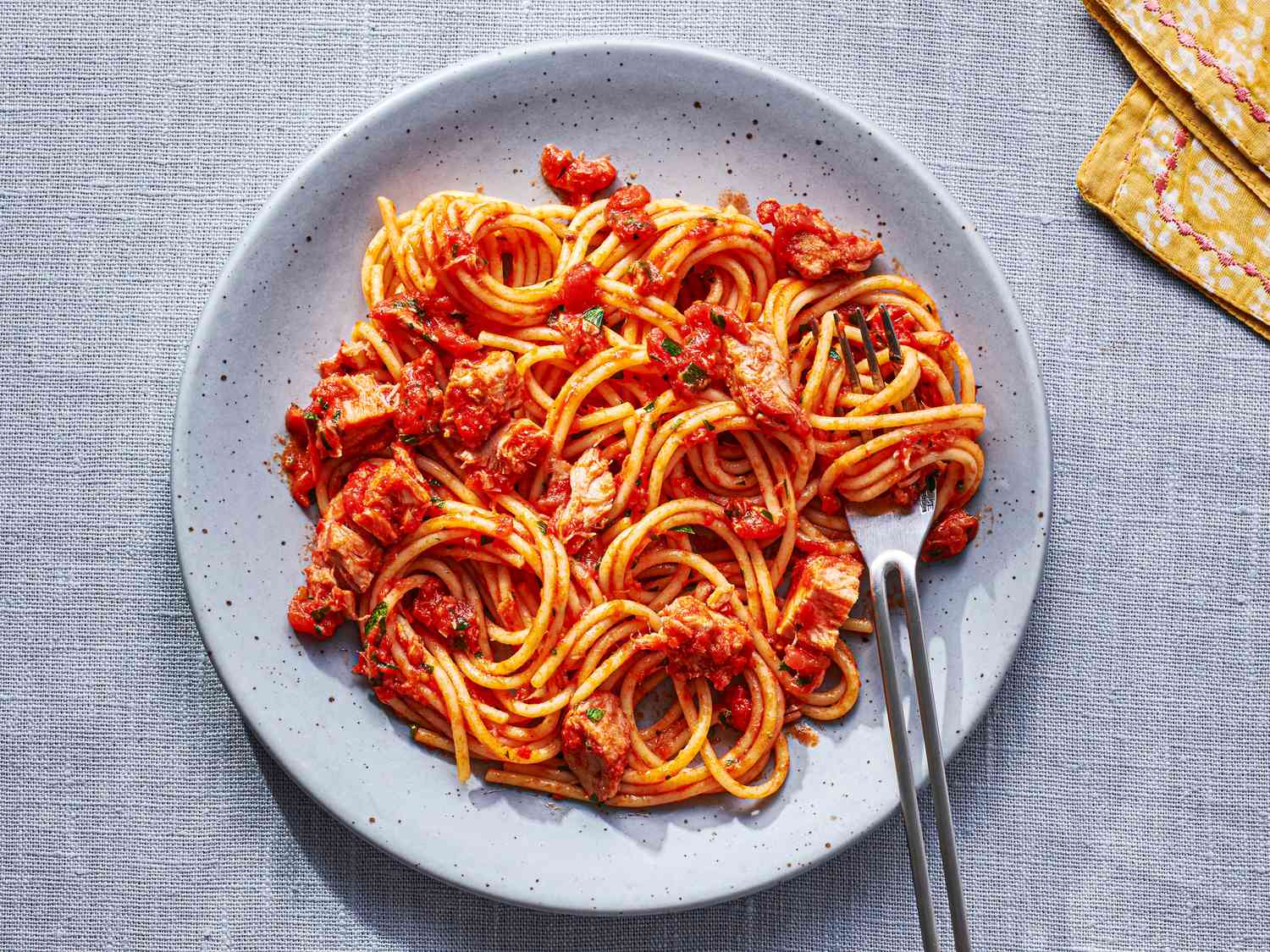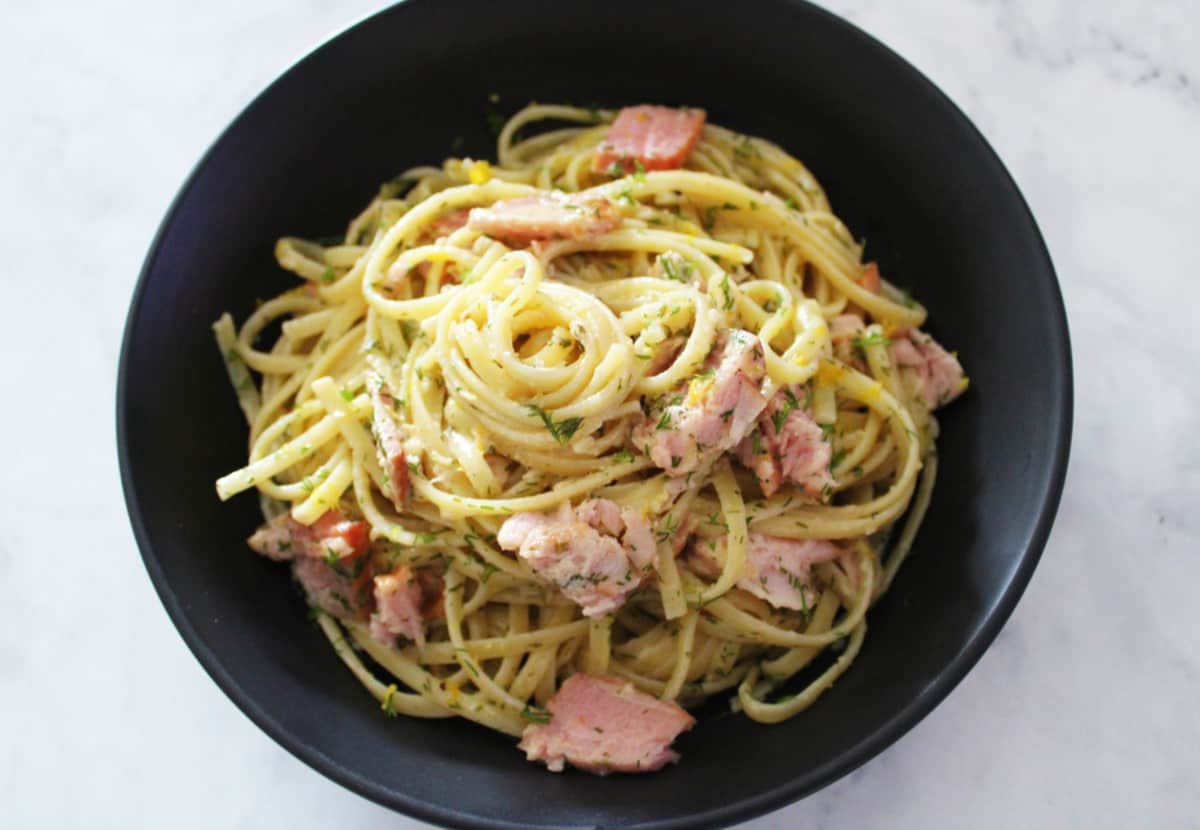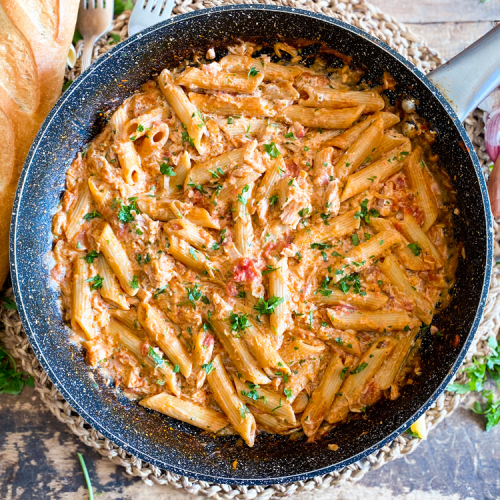Dim sum is not inherently gluten-free, as many traditional dim sum dishes contain wheat-based wrappers and fillings.
Dim sum can be gluten-free if prepared with gluten-free ingredients and in a dedicated gluten-free kitchen to avoid cross-contamination.
Traditional dim sum dishes often contain wheat-based wrappers or fillings that contain gluten, such as dumplings made with wheat flour.
However, gluten-free options are available at some restaurants or can be made at home using gluten-free ingredients.
When dining out, you must communicate your gluten-free dietary requirements to the restaurant staff and inquire about their gluten-free options.
If you’re making dim sum at home, you can find gluten-free recipes and ingredients to create your own gluten-free dim sum dishes.
Always double-check ingredient labels and ensure that your kitchen is free from cross-contamination sources.
Understanding Gluten in Dim Sum
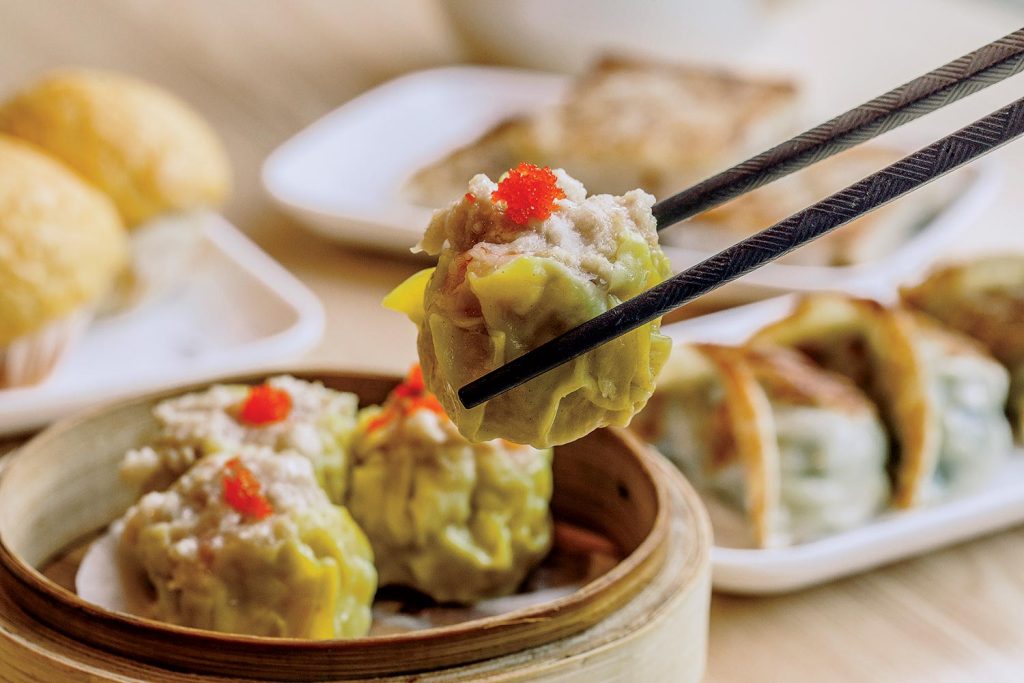
Explanation of why the traditional dim sum is not gluten-free:
Traditional dim sum, a popular Chinese cuisine, typically includes a wide variety of dishes served in small portions, such as dumplings, buns, pastries, and more. Unfortunately, traditional dim sum is not gluten-free for several reasons:
Wheat Flour: Wheat flour is a fundamental ingredient in many dim sum dishes, particularly for wrappers and dough. It is used to make dumpling skins, buns, noodles, and various pastries.
This wheat-based flour contains gluten, a protein that gives dough its elasticity and helps create the desired texture in these items.
Soy Sauce: Many dim sum recipes call for soy sauce, which is a common condiment in Chinese cooking.
Traditional soy sauce typically contains wheat as one of its ingredients, which means it adds gluten to the dishes it seasons. However, gluten-free soy sauce alternatives are available.
Cross-Contamination: In a restaurant or dim sum kitchen that primarily serves gluten-containing foods, cross-contamination is a significant concern.
Even if a specific dim sum dish doesn’t contain gluten as an ingredient, it may be exposed to gluten during preparation, storage, or cooking, making it unsuitable for individuals with celiac disease or gluten sensitivity.
Common sources of gluten in dim sum dishes:
Dumpling Wrappers: Dumpling wrappers are commonly crafted from a blend of wheat flour and water, which contributes to their considerable gluten content in dim sum.
These pliable wrappers serve as the outer layer for a diverse range of fillings, including pork, shrimp, or vegetables.
Buns and Pastries: Steamed buns (bao) and various pastries often contain wheat flour in their dough. Baked or fried pastries, like egg tarts, also typically include gluten-containing ingredients.
Noodles: Dishes like noodle soups and pan-fried noodles feature wheat-based egg noodles. These noodles are rich in gluten and are not suitable for those with gluten sensitivities.
Soy Sauce: As mentioned earlier, traditional soy sauce is brewed with wheat, which means that dishes seasoned with soy sauce contain gluten. However, gluten-free soy sauce alternatives, like tamari, can be used to make gluten-free dim sum.
Fillings and Sauces: Some dim sum fillings and dipping sauces may include soy sauce or other gluten-containing ingredients. It’s essential to be cautious and inquire about the ingredients if you have dietary restrictions.
Contamination: Cross-contamination in kitchens and restaurants is a risk, as utensils, cooking surfaces, and shared equipment may have traces of gluten from previous food preparations.
If you have to adhere to a gluten-free diet, it’s crucial to convey your dietary requirements to the staff at dim sum eateries. This ensures they can cater to your needs by offering safe and gluten-free choices or suitable alternatives.
Gluten-Free Dim Sum Options:
Exploring alternative flours for wrappers and fillings:
Rice Flour: Rice flour is a common gluten-free substitute for wheat flour in dim sum wrappers and dough. It can be used to make rice noodle sheets (commonly used in dishes like rice rolls or Cheong fun), as well as dumpling wrappers and buns.
Tapioca Starch: Tapioca starch is another gluten-free option that can be used to make chewy and translucent dumpling wrappers. Tapioca-based wrappers are often used for dishes like tapioca dumplings (sago pearls).
Cornstarch: Cornstarch can be used in certain dim sum recipes to create a gluten-free thickening agent for sauces and fillings. It’s also used in some dumpling wrapper recipes.
Gluten-Free Flour Blends: Pre-packaged gluten-free flour mixtures are accessible and can be employed to prepare a variety of dim sum dishes.
These mixtures typically consist of a blend of diverse gluten-free flour and starches, including rice flour, tapioca starch, and potato starch.
Gluten-free dim sum dishes typically found on menus:
Rice Rolls (Cheong Fun): Rice noodle rolls filled with ingredients like shrimp, beef, or vegetables and served with a gluten-free soy sauce or other gluten-free condiments.
Tapioca Dumplings (Sago Pearls): These are translucent dumplings made from tapioca starch and filled with various sweet or savory fillings.
Steamed or Grilled Rice Cakes: Rice cakes can be steamed or grilled and are often topped with savory or sweet ingredients like shrimp, mushrooms, or red bean paste.
Sticky Rice Parcels (Zongzi): These are glutinous rice parcels wrapped in bamboo leaves and filled with a variety of ingredients, such as pork, mushrooms, and chestnuts.
They are typically gluten-free, but it’s essential to confirm with the restaurant.
Vegetarian Spring Rolls: Spring rolls filled with vegetables, tofu, and rice noodles are often gluten-free. Ensure they are served with a gluten-free dipping sauce.
Steamed Vegetarian Dumplings: Some dim sum places offer vegetarian dumplings made with gluten-free wrappers and filled with vegetables and tofu.
The importance of communication with restaurant staff:
When dining at a dim sum restaurant while following a gluten-free diet, effective communication with the restaurant staff is crucial:
Inform the staff of your dietary restrictions: Clearly communicate your gluten-free requirements to the restaurant staff when you arrive. It’s best to do this when making a reservation or when you’re seated at your table.
Ask about gluten-free options: Inquire about specific gluten-free menu items or modifications that can be made to accommodate your needs. Confirm the ingredients and preparation methods for any dish you’re interested in.
Mention cross-contamination concerns: You should place great emphasis on the necessity of preventing cross-contamination in your kitchen.
Even the smallest traces of gluten can present serious issues for individuals with celiac disease or those with severe gluten sensitivity.
Confirm gluten-free sauces: Ensure that any sauces or condiments served with your dishes are also gluten-free. Ask if the restaurant offers gluten-free soy sauce or alternatives.
Be polite and patient: Be respectful and understanding when communicating your dietary needs, as it may require extra attention from the restaurant staff and kitchen.
By being proactive in communicating your dietary requirements and understanding gluten-free dim sum options, you can enjoy a safe and delicious dining experience at a dim sum restaurant.
Tips for Dining Out:
How to inquire about gluten-free options at a dim sum restaurant:
Call ahead: Before visiting the restaurant, call in advance to inquire about their gluten-free options and whether they can accommodate your dietary needs.
Some restaurants may have specific gluten-free menus or be familiar with which dishes are naturally gluten-free.
Talk to the staff: When you arrive at the restaurant, inform your server or a manager about your gluten-free requirements. Ask them to guide you through the menu and suggest safe options.
Ask about ingredients: Don’t hesitate to ask about the ingredients used in specific dishes, especially wrappers, sauces, and fillings. For example, inquire about the type of flour used in dumpling wrappers and the soy sauce brand they use.
Clarify preparation methods: Request information about how the dishes are prepared and whether there’s a risk of cross-contamination. Understanding the kitchen practices can help you make informed choices.
Cross-contamination concerns and kitchen practices to look out for:
Shared cooking surfaces and utensils: Inquire about whether the restaurant has dedicated equipment and separate areas for preparing gluten-free dishes to minimize the risk of cross-contamination.
Frying oil: Check whether the restaurant uses a separate fryer for gluten-free items. Shared oil can pose a risk if gluten-containing items have been fried in it.
Steamers and cooking baskets: Inquire whether the restaurant employs distinct steaming baskets or cooking vessels for gluten-free dishes.
Cross-contamination becomes a concern when the same equipment is utilized for both gluten-containing and gluten-free items.
Cutting boards and knives: Confirm that cutting boards and knives are thoroughly cleaned and sanitized before preparing gluten-free dishes to prevent cross-contamination.
Gloves and handwashing: Ensure that kitchen staff change gloves and practice proper handwashing when preparing gluten-free dishes.
Reading labels on sauces and condiments:
Soy sauce alternatives: Many traditional soy sauces contain wheat. Inquire whether the restaurant offers gluten-free soy sauce alternatives, such as tamari or gluten-free versions of soy sauce.
Read labels: If sauces or condiments accompany a dish, ask to see the product labels to check for gluten-containing ingredients. Some restaurants may have gluten-free condiments available.
Be cautious with oyster sauce: Oyster sauce can sometimes contain wheat as a thickening agent. Confirm whether the restaurant uses a gluten-free oyster sauce or if they have a suitable substitute.
Ask for ingredient lists: When in doubt, request the ingredient lists for sauces or condiments. This can help you verify whether they are gluten-free.
Communicate your needs clearly: Stress the importance of using gluten-free sauces and condiments in your dishes to avoid any unintentional exposure to gluten.
Making Gluten-Free Dim Sum at Home:

Sourcing gluten-free ingredients:
- Flour alternatives: When making dim sum wrappers and dough, opt for gluten-free flour like rice flour, tapioca starch, or a gluten-free flour blend.
- Gluten-free soy sauce: Use gluten-free soy sauce or tamari instead of traditional soy sauce to season your dishes.
- Check labels: Carefully read ingredient labels to ensure that products like sauces, condiments, and canned goods are gluten-free.
- Fresh ingredients: Choose fresh, unprocessed ingredients like vegetables, meats, seafood, and tofu, which are naturally gluten-free.
- Asian specialty stores: Visit Asian grocery stores or specialty stores that offer a range of gluten-free Asian ingredients and sauces.
Basic recipes for gluten-free dim sum dishes:
Gluten-Free Dumplings:
- Wrappers: Combine rice flour, tapioca starch, and hot water to make dumpling wrappers.
- Fillings: Prepare a gluten-free filling with a combination of ground meat, vegetables, and seasonings.
- Fold and steam the dumplings until cooked.
Rice Noodle Rolls (Cheong Fun):
- Batter: Mix rice flour, water, and a pinch of salt to create a thin, crepe-like batter.
- Steam the batter to make rice noodle sheets.
- Fill the sheets with ingredients like shrimp or char siu (Chinese barbecue pork), then roll them up.
Sticky Rice Parcels (Zongzi):
- Soak glutinous rice overnight.
- Fill bamboo leaves with rice and a mixture of meats, mushrooms, and seasonings.
- Steam the parcels until the rice is tender.
Steamed Vegetable Buns:
- Use a gluten-free flour blend for the bun dough.
- Fill the buns with a savory mixture of vegetables, tofu, and seasonings.
- Steam the buns until they’re cooked through.
Kitchen practices to prevent cross-contamination:
Separate utensils and equipment: Create a clear separation of kitchen tools, cutting boards, and steaming baskets exclusively for gluten-free cooking. Steer clear of any items that have come into contact with gluten-containing ingredients.
Prioritize cleanliness and sanitation: Before embarking on the preparation of gluten-free dim sum, be diligent in your efforts to thoroughly clean and sanitize all surfaces, utensils, and cookware. This includes rigorous cleaning of cutting boards, pots, and pans.
Double-check ingredients: Always check labels on condiments, sauces, and packaged goods to ensure they are gluten-free. Store gluten-free ingredients separately from gluten-containing ones.
Hands and aprons: Wash your hands and change aprons before handling gluten-free ingredients to avoid cross-contamination from gluten residues.
Communicate with family members: If other people in your household use gluten-containing ingredients, make sure they are aware of the need for cleanliness and separation when handling gluten-free items.
Use separate oil: If frying, have a dedicated pan with fresh, uncontaminated oil for gluten-free items to prevent cross-contamination from shared oil.
FAQs
Can I find gluten-free dim sum at restaurants?
Some restaurants offer gluten-free dim sum options, but you may need to inquire and communicate your dietary needs with the staff.
What are common sources of gluten in dim sum dishes?
Wheat flour is commonly used to make wrappers, dumplings, and buns, and soy sauce can also contain gluten.
Are there gluten-free alternatives for dim sum wrappers and fillings?
Yes, alternative flours like rice, tapioca, and potato starch can be used to make gluten-free wrappers and fillings.
Which dim sum dishes are more likely to be gluten-free?
Steamed or grilled dim sum dishes are typically more gluten-free than fried or baked ones.
How do I inquire about gluten-free options at a dim sum restaurant?
Ask the restaurant staff if they have a gluten-free menu or if they can prepare gluten-free dim sum for you.
What should I be cautious about when dining out for gluten-free dim sum?
Be aware of cross-contamination in the kitchen and check condiments and sauces for gluten-containing ingredients.
Can I make gluten-free dim sum at home?
Yes, you can find gluten-free recipes and ingredients to create your own gluten-free dim sum dishes.
What are some basic gluten-free dim sum recipes I can try at home?
Rice paper spring rolls, rice noodle rolls, and steamed rice dumplings are popular gluten-free dim sum options.
How can I prevent cross-contamination when making gluten-free dim sum at home?
Use separate utensils, cutting boards, and kitchen equipment for gluten-free cooking, and be cautious with shared ingredients.
Are there any reputable resources for more information on gluten-free dim sum?
Websites and organizations dedicated to gluten-free living, such as the Celiac Disease Foundation, offer valuable information and tips on gluten-free dining options, including dim sum.
Conclusion
In conclusion, enjoying gluten-free dim sum is not only possible but also a delicious and safe culinary experience with the right knowledge and approach.
Whether dining out or preparing dim sum at home, sourcing gluten-free ingredients, clear communication, and diligent attention to cross-contamination concerns are essential.
By following these guidelines and exploring alternative flours, basic recipes, and safe kitchen practices, individuals with gluten sensitivities can savor the rich flavors and textures of dim sum without compromising their dietary needs.
With a little care and preparation, gluten-free dim sum can be a delightful part of one’s culinary journey.







